Yoga Blog
Cultivating Inner Calm: Achieving Stillness Through Meditation and Yoga
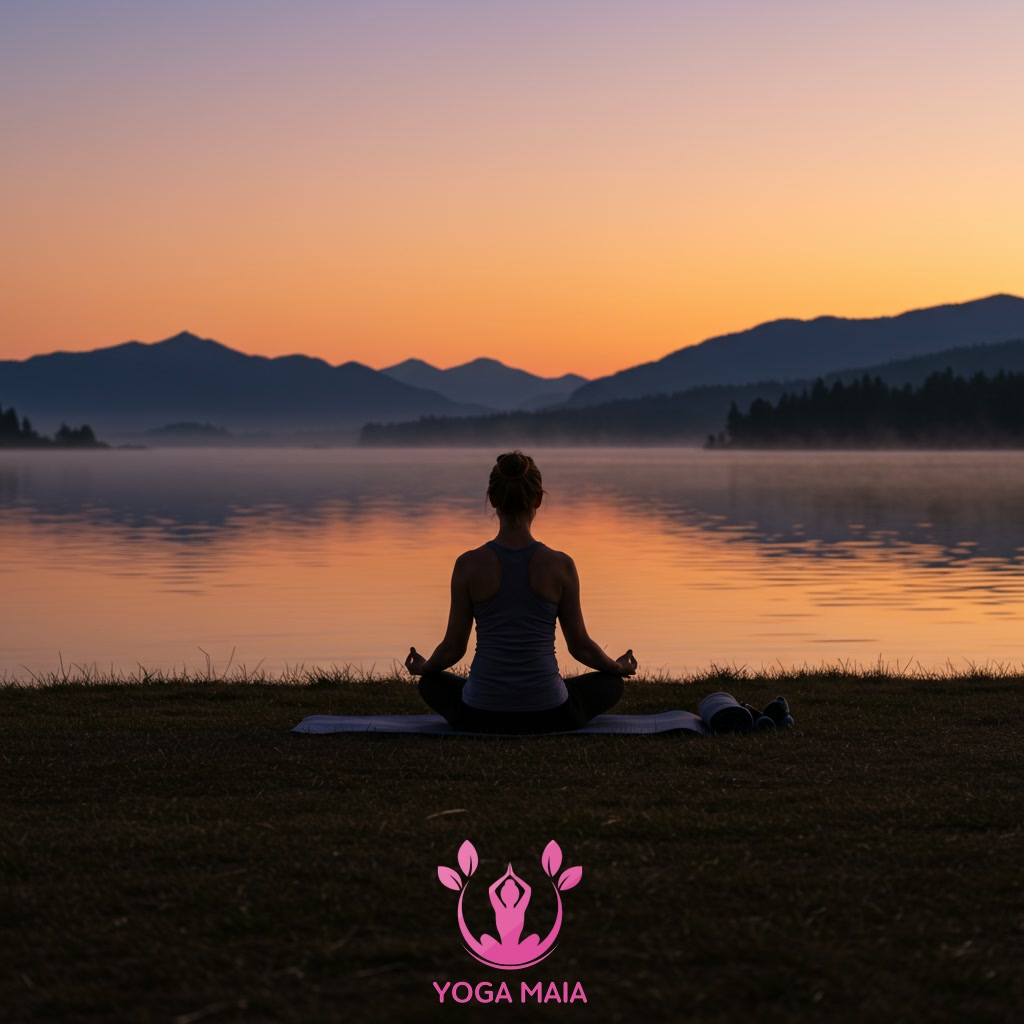
Achieving inner calm and stillness is the central theme of this content. It delves into practical methods like meditation and yoga as pathways to quiet the mind and body. By integrating these practices, individuals can cultivate a deeper sense of peace.
Table of Contents
- Section 1: Understanding Inner Calm and Stillness
- Section 2: The Practice of Meditation for Stillness
- Section 3: Exploring Yoga’s Contribution to Calm (Including Asana and Pranayama)
- Section 4: Integrating Meditation and Yoga: A Holistic Approach
- Section 5: Practical Tips for Daily Practice
- Section 6: Long-Term Benefits of Consistent Practice
- Section 7: Cultivating a Lifestyle of Stillness
Section 1: Understanding Inner Calm and Stillness
Inner calm and stillness represent a profound state of mental and physical tranquility. It is not merely the absence of external noise or activity, but a deep quietude within oneself, where the constant chatter of the mind subsides and the body finds ease. Achieving this state means finding a sense of peace and groundedness amidst the busyness of daily life. It’s about cultivating a stable inner environment, free from excessive worry, agitation, or restlessness. Understanding this state is the foundational step towards experiencing it, recognizing that it is a practice of settling both the mind and body into a state of quiet presence, paving the way for deeper well-being.
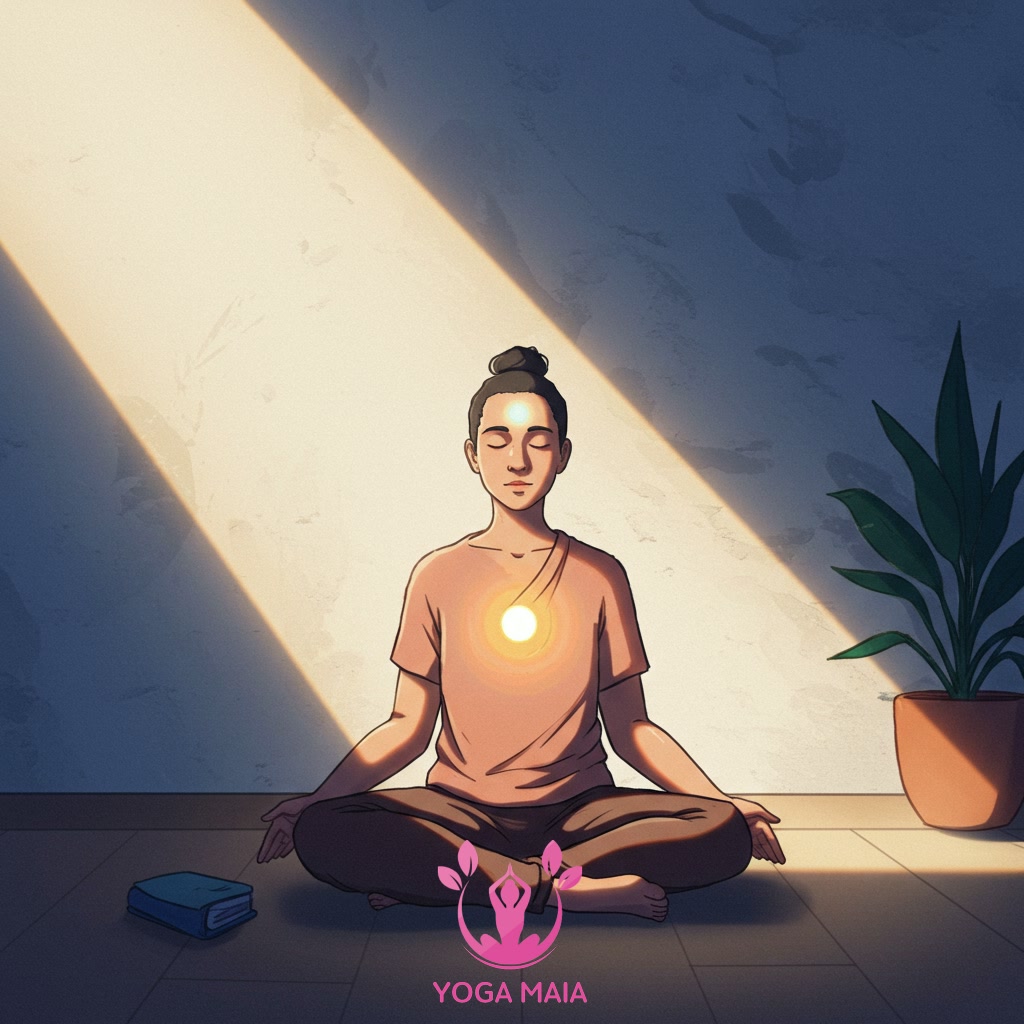 Understanding Inner Calm and Stillness
Understanding Inner Calm and Stillness
Section 2: The Practice of Meditation for Stillness
Meditation is a fundamental practice on the path to cultivating inner stillness. It involves training the mind to achieve a focused state, often by bringing attention to the breath, a mantra, or bodily sensations. The goal is not to stop thinking entirely, but rather to observe thoughts without judgment, allowing them to pass like clouds in the sky. Through regular practice, the mind becomes less reactive to distractions and worries, fostering a deep sense of calm and quietude. This intentional focusing and letting go helps to quiet the inner chatter that often prevents us from experiencing true stillness. It is a gentle yet powerful technique for anchoring oneself in the present moment, detaching from mental noise, and allowing the natural state of tranquility to emerge.
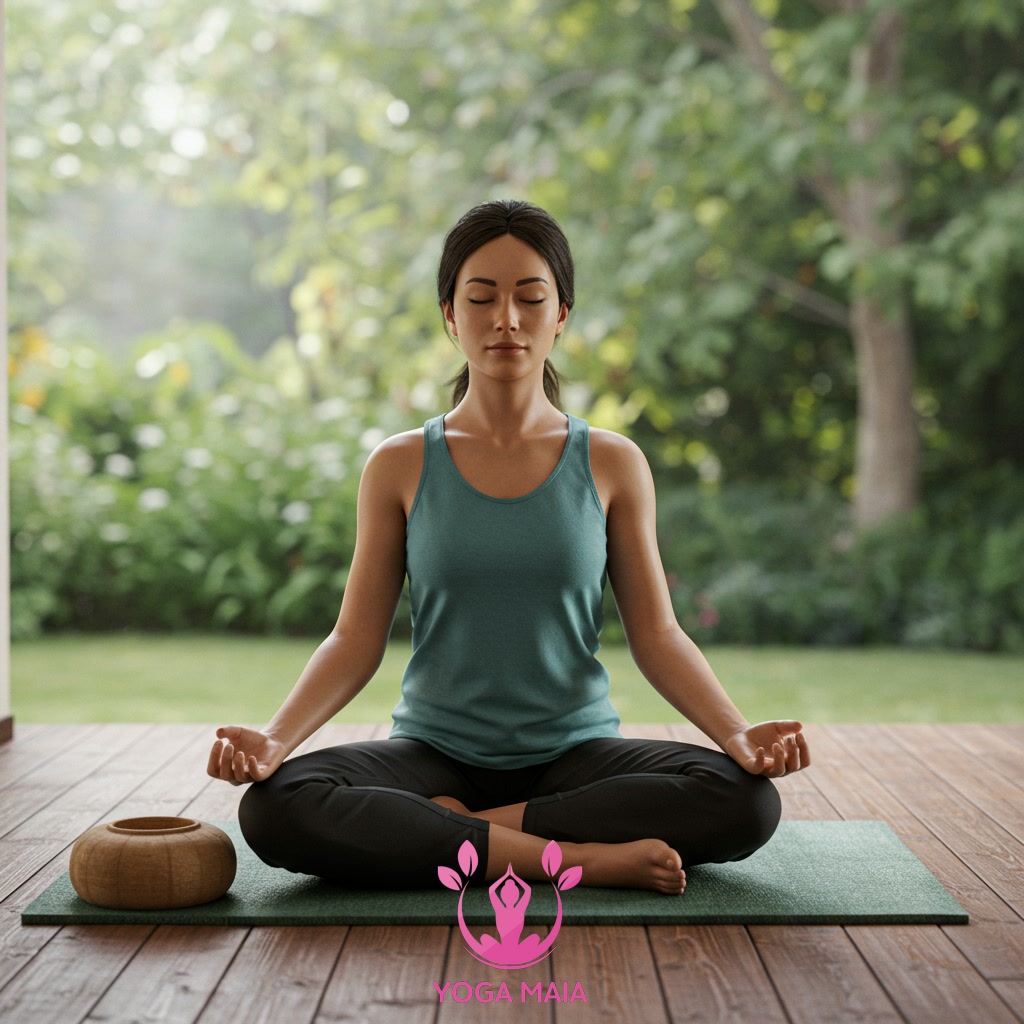 The Practice of Meditation for Stillness
The Practice of Meditation for Stillness
Section 3: Exploring Yoga’s Contribution to Calm (Including Asana and Pranayama)
Building upon the stillness cultivated through meditation, yoga offers a complementary pathway to inner calm, integrating physical movement and breathwork. Yoga practice, particularly through Asana (physical postures) and Pranayama (breath control), actively engages the body to release tension and quiet the nervous system. Asanas help to improve flexibility, strength, and body awareness, grounding the practitioner in the present moment. Pranayama techniques regulate the breath, directly influencing the mind’s state, reducing anxiety, and promoting relaxation. By harmonizing the body and breath, yoga creates a profound sense of presence and tranquility, preparing the mind for deeper meditative states or simply fostering a pervasive sense of peace throughout daily life.
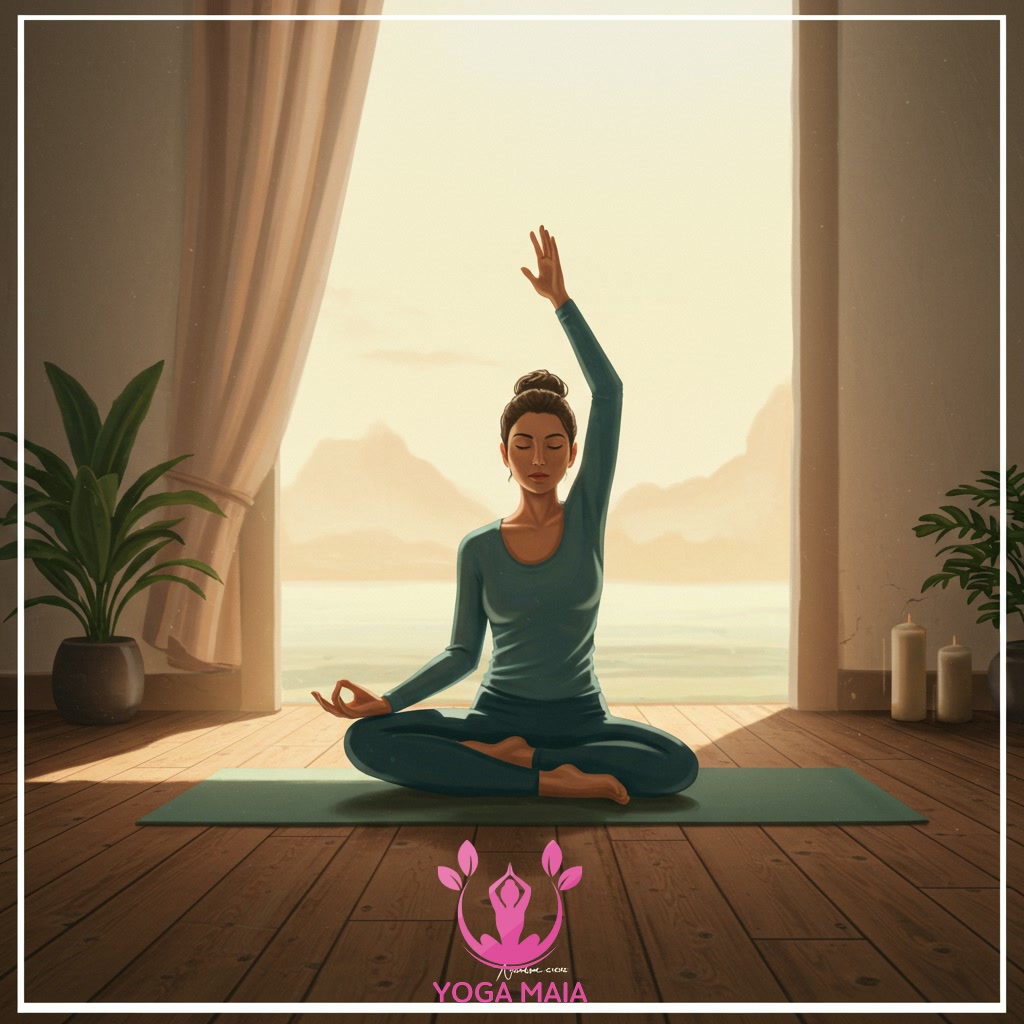 Exploring Yoga’s Contribution to Calm (Including Asana and Pranayama)
Exploring Yoga’s Contribution to Calm (Including Asana and Pranayama)
Section 4: Integrating Meditation and Yoga: A Holistic Approach
Integrating meditation and yoga offers a powerful, holistic pathway to cultivating inner calm. While meditation provides the foundation for mental stillness by training the mind to be present, yoga complements this by preparing the body and nervous system. Through physical postures (asana) and breath control (pranayama), yoga releases tension, improves flexibility, and calms the nervous system, making it easier to sit comfortably and quietly for meditation. Conversely, the mindfulness cultivated during meditation deepens awareness and presence within the yoga practice, transforming movement into a moving meditation. This synergy allows individuals to address both mental and physical obstacles to stillness, fostering a more profound and lasting sense of inner peace.
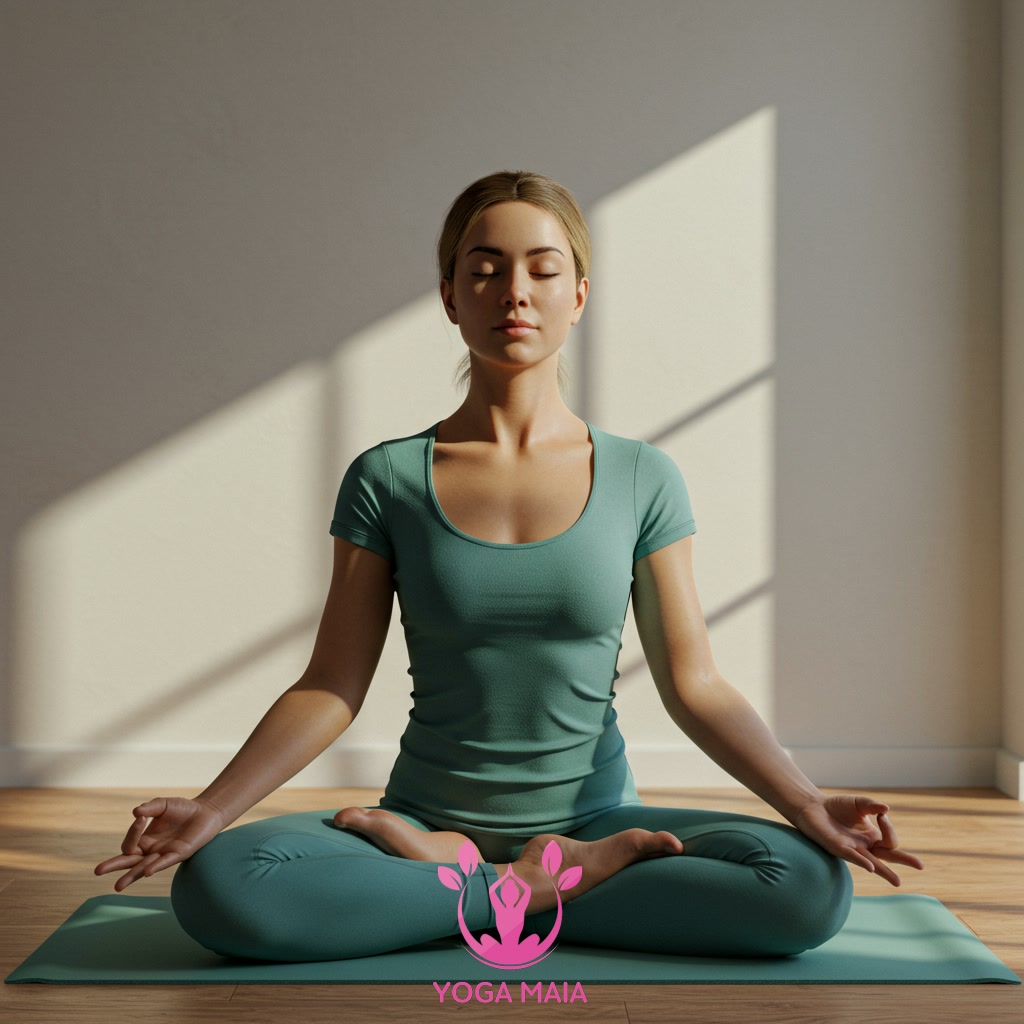 Integrating Meditation and Yoga: A Holistic Approach
Integrating Meditation and Yoga: A Holistic Approach
Section 5: Practical Tips for Daily Practice
Cultivating inner calm through meditation and yoga thrives on consistency. To make practice a daily habit, start small – perhaps just 5-10 minutes each morning or evening. Consistency is far more important than duration initially. Find a quiet, dedicated space where you won’t be disturbed. Even a small corner can become your sanctuary. Consider integrating practices; a few minutes of quiet meditation after a gentle yoga sequence can deepen the sense of peace. Don’t strive for perfection; simply show up. Be patient and compassionate with yourself on days when it feels challenging. Making these practices a regular part of your routine, even in small doses, gradually builds resilience and stillness.
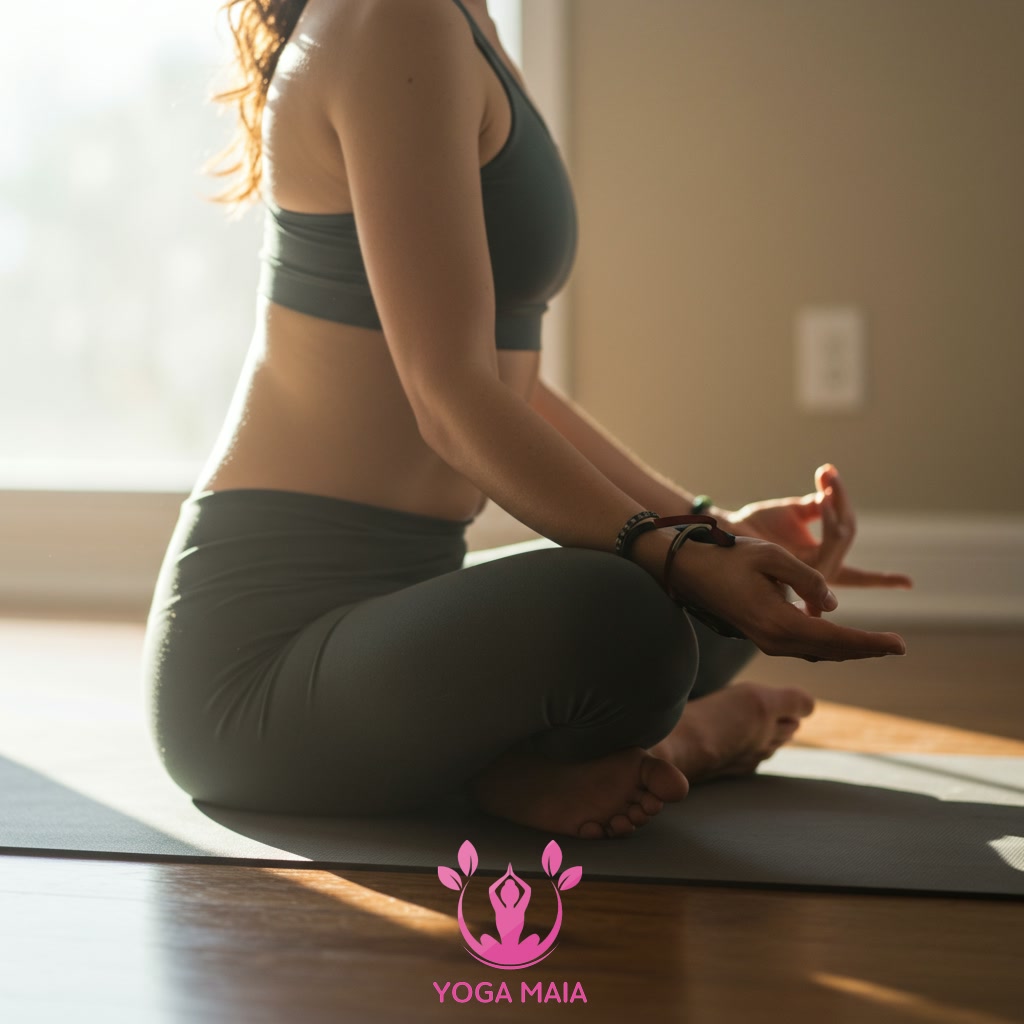 Practical Tips for Daily Practice
Practical Tips for Daily Practice
Section 6: Long-Term Benefits of Consistent Practice
Building upon consistent practice, the long-term benefits of integrating meditation and yoga into your life are profound and transformative. Over time, regular engagement with these disciplines leads to a significant reduction in chronic stress and anxiety, fostering a more resilient nervous system. Mental clarity improves as the mind becomes less cluttered with incessant thoughts, enhancing focus and cognitive function. Emotionally, individuals develop greater self-awareness and the capacity to navigate challenging feelings with equanimity. Physically, consistent yoga practice enhances flexibility, strength, and overall vitality, complementing the mental benefits. Ultimately, this sustained effort cultivates a deep-seated sense of inner peace, stillness, and well-being that extends beyond the practice sessions themselves, becoming a fundamental part of one’s daily experience.
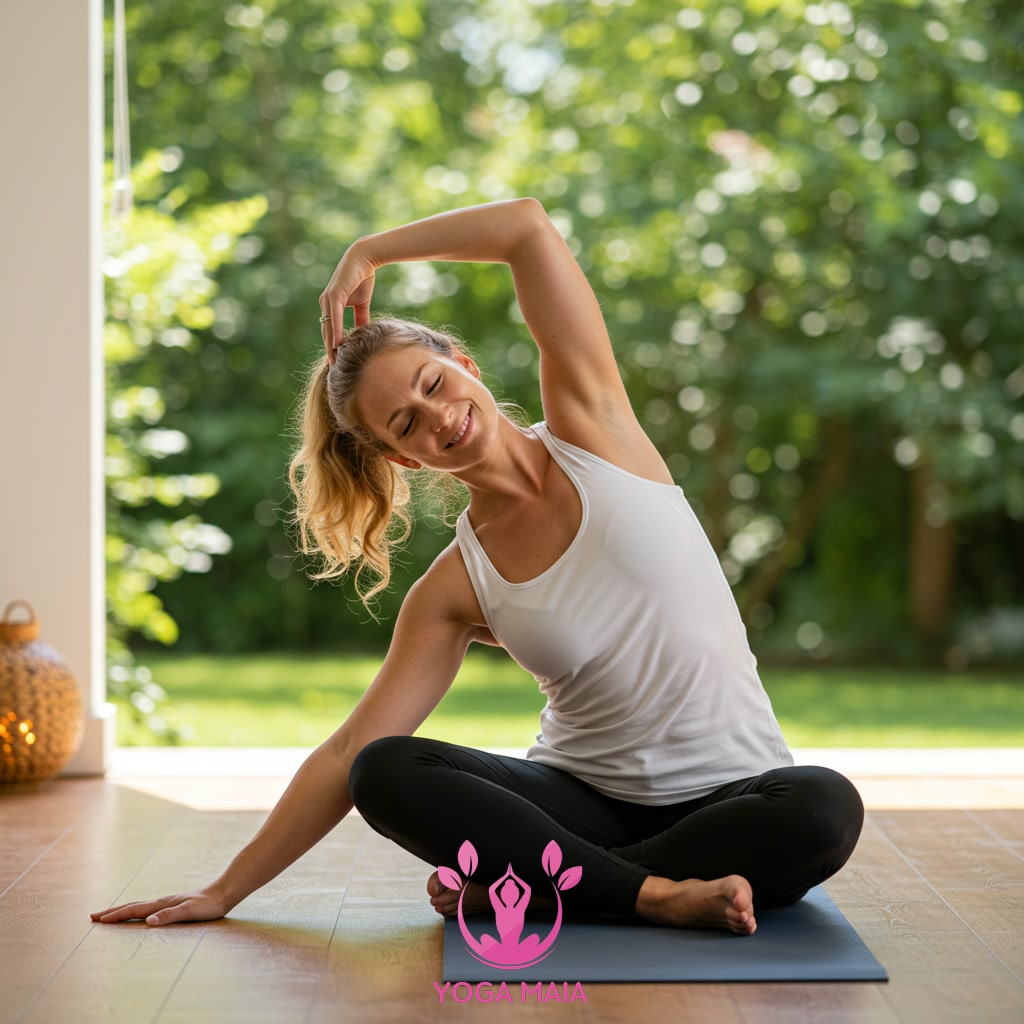 Long-Term Benefits of Consistent Practice
Long-Term Benefits of Consistent Practice
Section 7: Cultivating a Lifestyle of Stillness
Building upon consistent practice, the journey towards cultivating a lifestyle of stillness extends the profound benefits of meditation and yoga beyond dedicated session times into the fabric of daily living. This involves consciously weaving mindfulness into everyday actions, such as mindful eating, walking with intention, or responding to challenges with a sense of calm presence rather than reactivity. It’s about recognizing opportunities throughout the day to pause, breathe deeply, and reconnect with that inner quiet cultivated on the mat or cushion. Integrating these principles allows stillness to become less of an activity and more of an inherent way of being, fostering sustained peace, clarity, and resilience in navigating the complexities of life. This ongoing commitment transforms momentary calm into an enduring state.
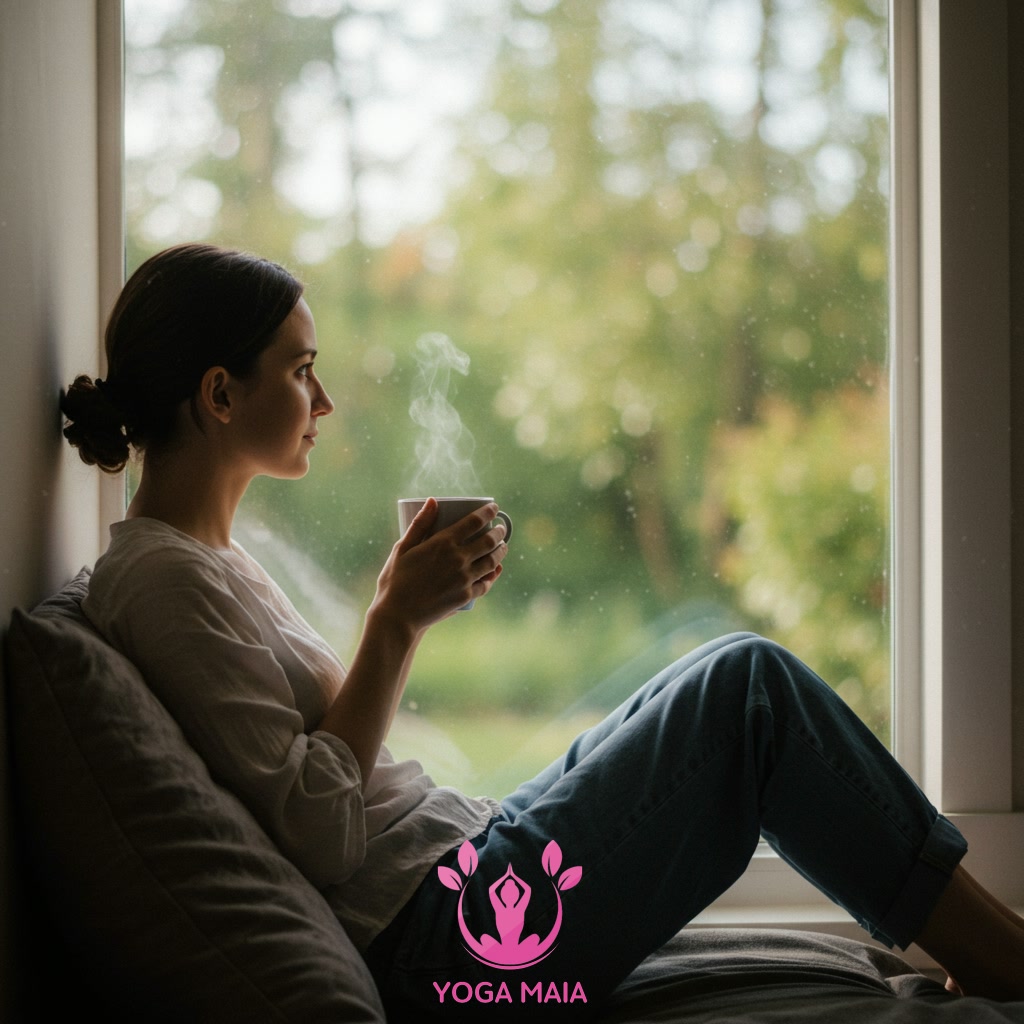 Cultivating a Lifestyle of Stillness
Cultivating a Lifestyle of Stillness












